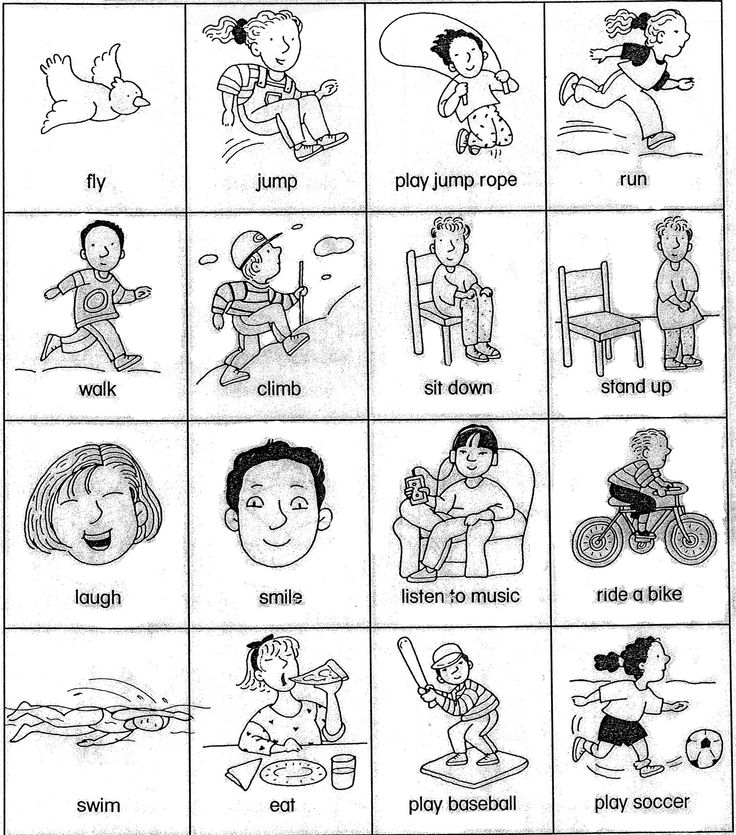| Long-term plan unit:1 | School:111 M.Mametova | |||||
| Date:12.09.2017 | Teacher name:Khashimova G | |||||
| Grade: 2 | Number present: | absent: | ||||
| Theme of the lesson: I can | ||||||
| Learning objectives(s) that this lesson is contributing to | 2.S4 respond to basic supported questions giving personal and factual information 2.L1 understand a range of short basic supported classroom instructions 2.S2 ask questions in order to satisfy basic needs and find information on familiar topics and classroom routines 2.S8 give simpleinstructions for others to follow | |||||
| Lesson objectives | All learners will be able to:
Most learners will be able to:
about people, objects and classroom routines Some learners will be able to:
| |||||
| Success criteria | Learners have met the learning objective L1 if they can Score 7 and more correct answers recognize spoken language slowly and distinctly recognize short basic instructions | |||||
| Value links | Transparency | |||||
| Cross curricular links | Social studies, etiquette | |||||
| ICT skills | Using videos | |||||
| Previous learning | personal pronouns/ common lexical verbs | |||||
| Plan | ||||||
| Planned timings | Planned activities | Resources | ||||
| Beginning 10 m (W) |
ORGANISATION MOMENT Warm up. 1. Greeting Good morning? Glad to see you. How are you? What is the day today? What the weather like today? 2. Phonetic exercises A super cat. My cat can sing, my cat can walk, My cat can watch TV. My cat can do so many things And it can play with me! My cat can't play computer games And can't sit on my bed. But all in all. But all in all It is a super cat. | |||||
| Middle 25 m (IPW) | REVISION Pupils recognize simple action verbs. Pupils watch a video.Teacher uses different groups of learners in front of the class and give them different Can you do this? challenges. DEMONSTRATION Pupils respond to basic questions. Teacher: Watch and listen to a video presentation and tick on the worksheet what you can doand put a cross what youcan’t do. Answer the questions: What can you do? What can’t you do? SPEAKING Teacher asks pupils to look through the grammar presentation. Then pupils ask and respond to the questions.
Can you swim? - Yes, I can. Can you climb a tree? - No, I can’t 2.Teacher then asks questions around the class about what learners’ partners can do e.g. Leila, can Samrat ride a bike? - No, hecan’t ride a bike. Teacher varies questions by asking confirming questions e.g. Is that true Samrat? Can you ride a bike? - No, I can’t. 3.Learners take turns to give instructions to their partners Can you say 1-10 in English? Can you name three colours? DYNAMIC BREAK Children sing a song and mime actions. FORMAIVE ASSESSMENT Teacher: Listen and do. Repeat after me: I can jump. I can stand. I can crawl. I can walk. I can sleep. Learners follow the instructions. Pronounce the words and expressions clearly. | Video"What can you do?" https://www.youtube.com/watch?v=a91oTyA0Oq8&spfreload=10 Action verbs, can and can't https://www.youtube.com/watch?v=ZtWba4xDobk Worksheet http://en.islcollective.com/worksheets/worksheet_page?id=12848 PPT Song Can An Elephant Jump? https://www.youtube.com/watch?v=GA6dKNsl6zk VideoCan An Elephant Jump? https://www.youtube.com/watch?v=KgjlQoiCkjw | ||||
| End
| FEEDBACK Well, what did we do in our lesson?
| |||||
| Additional information | ||||||
| Differentiation – how do you plan to give more support? How do you plan to challenge the more able learners? | Assessment – how are you planning to check learners’ learning? | Health and safety check | ||||
| More support will be given to weaker learners by giving them a modified worksheets in some tasks with greater support | Through formative assessment | Use video 5-10 min | ||||
| Reflection Were the lesson objectives/learning objectives realistic? Did all learners achieve the LO? If not, why? Did my planned differentiation work well? Did I stick to timings? What changes did I make from my plan and why? | ||||||
| Summary evaluation What two things went really well (consider both teaching and learning)? 1: 2: What two things would have improved the lesson (consider both teaching and learning)? 1: 2: What have I learned from this lesson about the class orachievements/difficulties of individuals that will inform my next lesson? | ||||||
Создайте Ваш сайт учителя Видеоуроки Олимпиады Вебинары для учителей
Конспект по английскому языке на тему "I can "
Вы уже знаете о суперспособностях современного учителя?
Тратить минимум сил на подготовку и проведение уроков.
Быстро и объективно проверять знания учащихся.
Сделать изучение нового материала максимально понятным.
Избавить себя от подбора заданий и их проверки после уроков.
Наладить дисциплину на своих уроках.
Получить возможность работать творчески.
Просмотр содержимого документа
«Конспект по английскому языке на тему "I can "»
Похожие файлы
Полезное для учителя
Распродажа видеоуроков!
1660 руб.
2770 руб.
1850 руб.
3080 руб.
1610 руб.
2690 руб.
1610 руб.
2690 руб.
ПОЛУЧИТЕ СВИДЕТЕЛЬСТВО МГНОВЕННО
* Свидетельство о публикации выдается БЕСПЛАТНО, СРАЗУ же после добавления Вами Вашей работы на сайт
Удобный поиск материалов для учителей
Проверка свидетельства
















